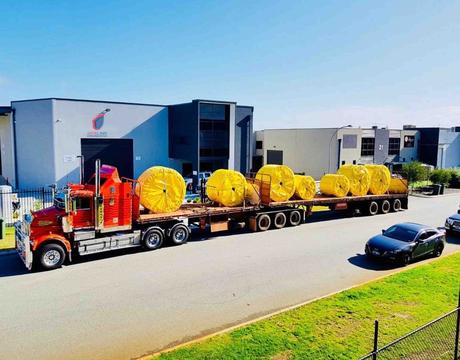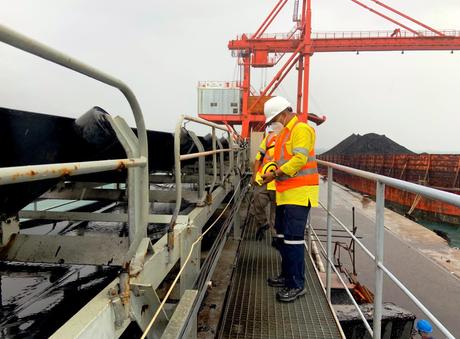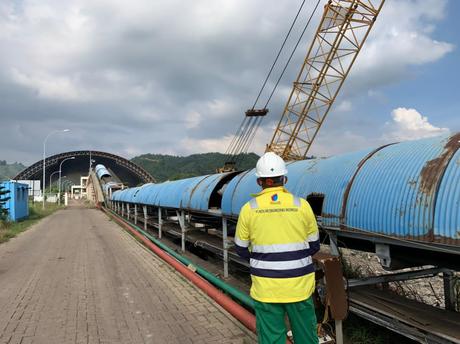When it comes to material handling, the conveyor that transports the materials is just as important as the materials themselves. While the primary goal of most conveyor systems is to facilitate the inspection of products and their transportation throughout your facility, this is not possible without the implementation of a proper handling system.
After long periods of time, conveyance systems built using traditional metallic parts can begin to show signs of defects such as wear and tear, causing inconvenient maintenance and down-time. Whether your system loses traction and mechanics due to high-volume activity, becomes stiff with rust, or is corroded from exposure, the operational quality of the machinery directly affects your project execution performance.
In a similar scenario, a facility’s conveyor belt was faced with problems of wear and tear and cuts and gouges which were successfully tackled by RexLine Engineering. RexLine Engineering specializes in global manufacturing of wear protection, corrosion protection, bulk material handling, and impact liners.
In this case study, which was contributed by RexLine Engineering; an analysis of defects in conveyor belt systems of a facility is undertaken.
Introduction
Rexline Engineering had supplied a facility with Steel Breaker Belt in July 2018. This belt was proposed to the facility by Rexline Engineering’s Technical Team after conducting a site audit at the facility’s request. As part of its re-initiation of operations, all its conveyor systems were audited to identify potential issues. During the extensive survey of the site, Rexline Engineering identified issues with the current conveyor belt that it uses against the parameters of operation at the site.

Upon approval, Rexline Engineering got its factory to exclusively manufacture and supply this belt for GWS with its technical expertise in the conveyor industry manufactured the belt to specifications and supplied it to the facility on schedule.


Case Study
As per the audit conducted by Rexline Engineering on the facility’s site, the site engineers identified the issues pertaining to the existing conveyor belt. Most sections of the belt are worn out along the length of the belt. Also, there are areas where cuts and gouges have been observed.
Rexline Engineering has identified various factors that led to the belt being cut and gouge. The Rollers used on the conveyor system were way past their service life and required urgent replacements. This led to the belt not being conveyed as required and tracking of the belt.
The belt currently in place was not rated for Extra Cut and Gouge Resistance. Furthermore, the belt was only rated for 800/4 Ply Rating with only Fabric Ply as its setup Rexline Engineering proposed an XCG Belt with Steel Breaker along with higher rating catering to existing conveying tonnage rates. Also, Rexline Engineering supplied the splice kit necessary on-site for splicing of the belt.
Extra Cut and Gouge Resistance (XCGR) delivers superior resistance to heavy impacts, abrasion, and gouging. Extra Cut and Gouge Resistance (XCGR) rubber cover compound provides high-end performance in applications where increased resistance to heavy impacts, abrasion, and gouging is required in Nickel Operations.
To learn more, please download the full case study PDF file.

